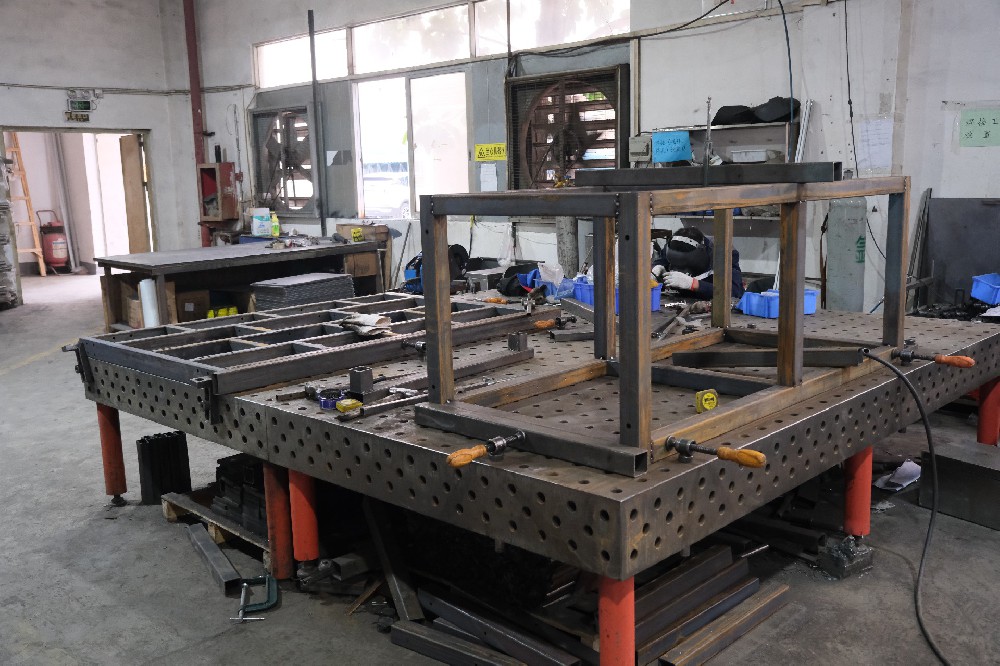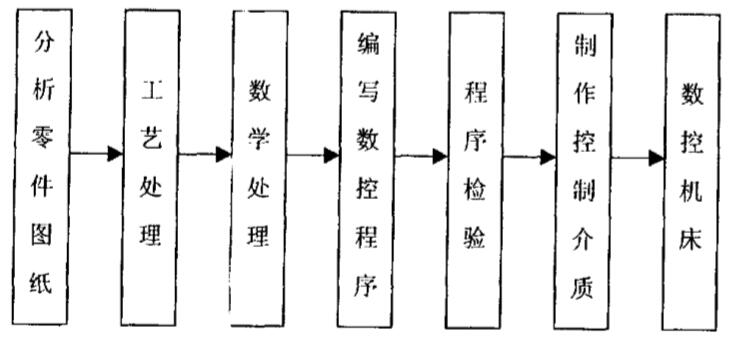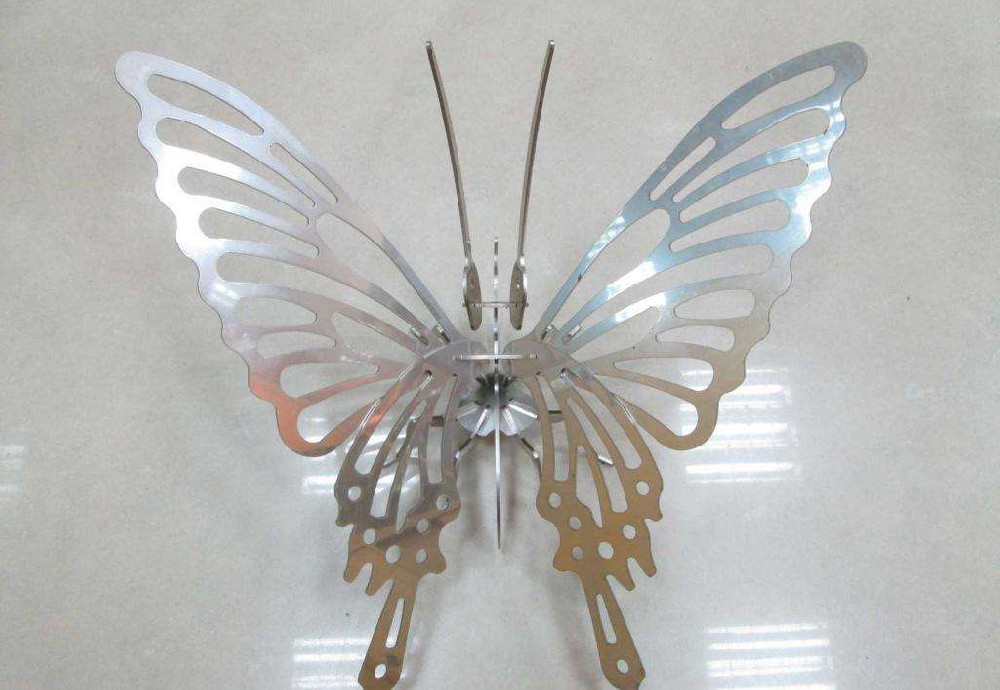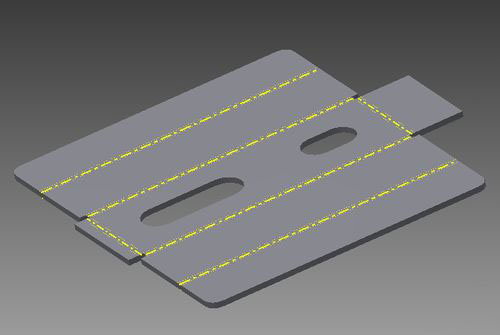2023-01-03 17:14:02
The overall requirements for welding of electronic chassis and cabinets by traditional technology:
Nowadays, science and technology are constantly changing. In order to obtain more performance for electronic cabinets, sheet metal processing manufacturers use more advanced technology to perfect them, so that their performance can satisfy more consumers and adapt to more environments. Application, and for electronic cabinets, technology is constantly innovating, and traditional craftsmanship cannot be forgotten. The production process of electronic chassis cabinets requires the use of welding technology, and there is also a set of overall process requirements for the welding technology of electronic cabinets.
1. The weld seam of the electronic cabinet should be stable and even, and there should be no defects such as virtual welding, cracks, incomplete penetration, welding penetration, gaps, and undercuts. The length and height of the weld are not allowed to exceed 10% of the length and height requirements.
2. Requirements for solder joints: the length of solder joints is 8-12mm, the distance between two solder joints is 200±20mm, the positions of solder joints should be symmetrical, and the upper and lower positions should be the same. If there are special requirements for solder joints on the processing drawings, follow the drawings.
3. The spot welding distance of electronic cabinets is less than 50mm, the diameter of solder joints is less than φ5, the solder joints are placed evenly, the indentation depth on the solder joints does not exceed 15% of the actual thickness of the steel pipe, and no obvious weld scars can be left after welding.
4. After the electronic cabinet is welded, other non-welded parts are not allowed to be damaged by welding slag and arc, and the surface welding slag and spatter need to be cleaned up.
5. After welding, the outer surface of electronic cabinet parts should be free from defects such as slag inclusions, pores, weld bumps, protrusions, and depressions, and the defects on the inner surface should not be obvious and not affect assembly. Main parts such as door steel pipes and surface steel pipes should also remove stress after welding to prevent deformation of electronic cabinet workpieces.
6. The outer surface of the welded electronic cabinet parts should be ground flat. If it is a powder sprayed part or an electroplated part, the roughness of the grinding after welding is Ra3.2 ~ Ra6.3 ~ for the painted part

The classification of electronic chassis and cabinets should be used in power distribution:
The electronic chassis cabinet is a cabinet that operates safely as electrical equipment. It belongs to one of the chassis cabinet products. Gufan is used for power distribution and control of electrical equipment. The use of electronic chassis cabinets is maximized. The safety of electrical equipment is improved, and the safety of operators in sheet metal processing factories is also guaranteed. Electronic chassis cabinets are used in electrical equipment for power distribution and control operations. When they are used in large-scale power supply systems, they are usually divided into three levels: primary, secondary, and primary for better Regulate power distribution. Let's take a look at the use of these three classifications all the way.
1. The first level will be installed in the substation and will be responsible for distributing power to the second level. Therefore, this requires that the first level has higher electrical parameters, and the layout is more complicated than the last two levels, which belongs to the power distribution center in the power supply system.
2. The second level includes two parts, the power distribution cabinet and the electric control center. The power distribution cabinet is used in places with few circuits and separated loads; the motor control center is used in places with many circuits and concentrated loads. The application parts of the two On the contrary, play a complementary role.
3. The primary power distribution cabinet is responsible for relatively fewer departments and functions than the upper two levels. Their positions are relatively separated and their capacity is small. They are generally responsible for primary load distribution.





+86 13713208199